
They are siblings from the same brand mother, but for quite a while, POCO and Redmi have followed rather different paths. There were times when the two brands released smartphones that were so similar that many accused them of being “rebadged” or “rebranded,” there have not been too many instances of the brands almost simultaneously releasing devices that compete with each other. That seems to have changed in 2024. The first month of the year has seen the launch of the Redmi Note 13 Pro+ 5G and the POCO X6 Pro 5G. They are very different phones in terms of specs, design and performance, and yet both are contenders for being the best phone in the range of Rs 30,000. Each comes with its own significant strengths (that in many cases, the other lacks), so which one should you go for – the latest Plus in the legendary Note series or the new Pro-rated X from Poco? Let us try and work that out for you:
(For the sake of simplicity, we will be often referring to the devices without the 5G suffix in the text that follows)
Table of Contents
Design: Premium Note for the win

This is one of the biggest points of difference between the two phones. The Redmi Note 13 Pro+ 5G comes with a far more premium-looking design with a curved glass front and a back with a new block design around the camera unit. The POCO X6 Pro has a slightly more routine appearance, with a flat display and a rectangular camera block on the back. Both phones have vegan leather back variants too, but the Fusion Purple of the Redmi Note with its different coloured camera blocks looks far more striking than the bright POCO Yellow of the X6 Pro. The Redmi Note also has glass on the back of its other variants, while the POCO X6 Pro has plastic, giving the Note a way more premium feel. The X6 Pro is a more compact phone (160.45mm tall against 161.4mm of the Note), is slimmer (8.25mm against 8.9mm) and is also lighter at 185 grams against 205 grams, but there is no doubting that in terms of appearance, the Redmi Note 13 Pro+ is the clear winner. The fact that it comes with an IP68 rating (as compared to IP54 on the POCO) and also has Gorilla Glass Victus protection (the POCO X6 Pro has Gorilla Glass 5) is the icing on the cake. The POCO X6 Pro looks smart and its yellow vegan leather variant even has a flashy touch to it, but it is not really in the same appearance league as the Redmi Note 13 Pro+.
Winner: Redmi Note 13 Pro+ 5G
Displays: A curved world against a flat one!![]()

Do you like your displays curved or flat? The answer will determine which of the two phones you will go for. Both have 6.67-inch AMOLED displays with 1.5K resolution, 120Hz refresh rate, DCI-P3 colour gamut and 1800 nits of peak brightness. And they both are very good for their price points. The main difference is that the Redmi Note sports a curved glass display, which looks more premium, while the POCO X6 Pro has a flat one, which looks more routine but gives a slightly better viewing experience as there is no content sliding off the sides. A few years ago, the hype around the curved display would have won the Note this round, but today, even Samsung seems to be going back to a flat display world. Which is why we are calling this round a tie.
Winner: Tie
Processor: Steady mid-segment or near-flagship?
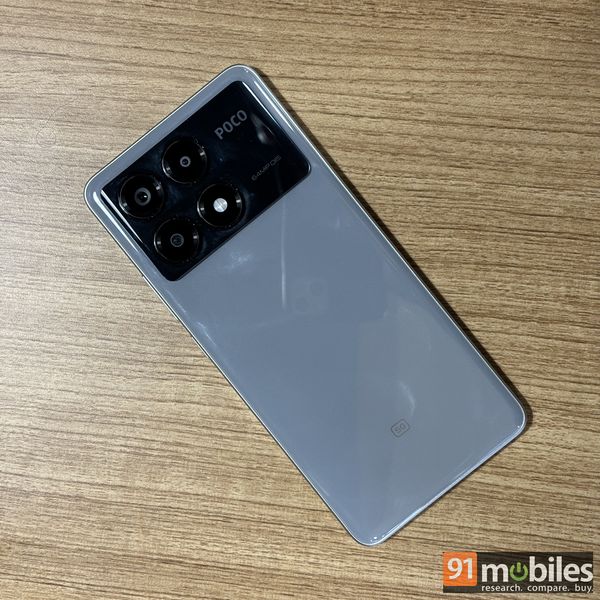
This is an absolutely one-sided round. The Redmi Note 13 Pro+ is powered by a very good, but strictly mid-segment MediaTek Dimensity 7200-Ultra chip, which is terrific for everyday tasks, image and video editing, and even some intense gaming, with tweaked settings. However, it is no match for the MediaTek Dimensity 8300-Ultra, which is a flagship-level chip that is close to the Qualcomm Snapdragon 8 Gen 2 seen in many flagship devices, and can handle pretty much everything you can throw at it with ease, from high-end games to high-level video and image editing. Its processor keeps the Redmi Note 13 Pro+ in the premium mid-segment, while the chip on the POCO X6 Pro takes it very close to the flagship killing zone. And also wins the POCO this round.
Winner: POCO X6 Pro 5G
RAM and storage: More than just numbers
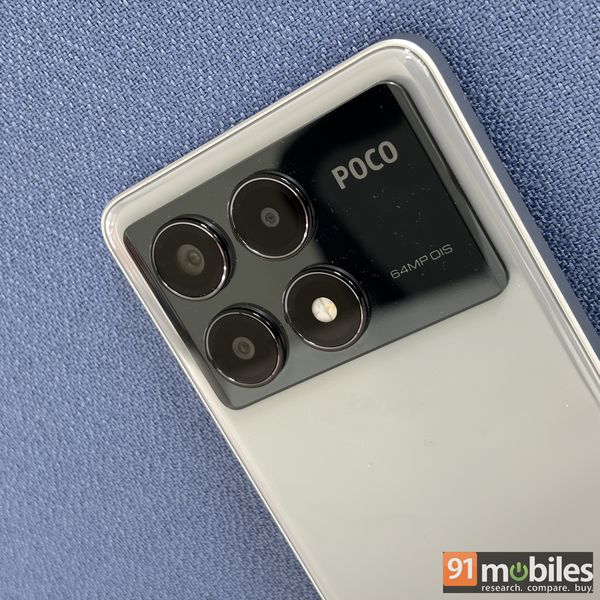
Although both devices have 8GB RAM and 12GB RAM variants, the Redmi Note has 128GB, 256GB and 512GB storage variants, as compared to the 128GB and 256GB storage variants on the POCO X6 Pro. As neither device comes with expandable memory, storage becomes very important. In terms of sheer numbers, the Redmi Note seems to have an edge here, but we are still giving this round to the POCO X6 Pro because it comes with LPDDR5X RAM and UFS 4.0 storage, which is more efficient and faster than the LPDDR5 RAM and UFS 3.1 on the Redmi Note. The Note is perhaps the better option only if you want 512GB storage. The RAM and storage on the POCO are superior in terms of quality and result in better performance.
Winner: POCO X6 Pro
Cameras: A megapixel masterclass ![redminote13proplus_camerareview]()

If the POCO bosses the Note in the processor department, the Redmi Note totally outclasses it when it comes to cameras. Both phones have an 8-megapixel ultrawide and a 2-megapixel macro camera on the back, and both also come with a 16-megapixel selfie camera in front. But while the POCO X6 Pro comes with a 64-megapixel main sensor, the Redmi Note packs in a massive 200-megapixel one. Both sensors have OIS, but there the similarity ends. While the POCO X6 Pro’s camera does take some very good snaps in good light conditions and is generally a steady performer, the Redmi Note’s camera is perhaps the best in its segment, especially in terms of detail. You even get 4x lossless zoom and much better video on the Redmi Note. The main sensor wins this one comfortably for the Redmi Note, although we actually think that the POCO X6 Pro took better selfies.
Winner: Redmi Note 13 Pro+ 5G
Gaming and multimedia: The chip charges

This is a clear win for the POCO X6 Pro. We think the Redmi Note has slightly better-sounding speakers, and some might also prefer the Note’s curved display for viewing content or playing games, but in terms of sheer performance, the POCO X6 Pro is miles ahead of the Redmi Note. Its superior processor and faster RAM and storage allow it to handle even high-end games like Genshin Impact and Call of Duty at very high settings, something beyond the capabilities of the Redmi Note. We would even call the POCO X6 Pro a gaming device, thanks to its combination of processor, RAM and display. The Redmi Note comfortably matches the POCO when it comes to viewing multimedia content, but is nowhere near it when it comes to gaming.
Winner: Redmi Note 13 Pro+ 5G
Software: MIUI clashes with HyperOS
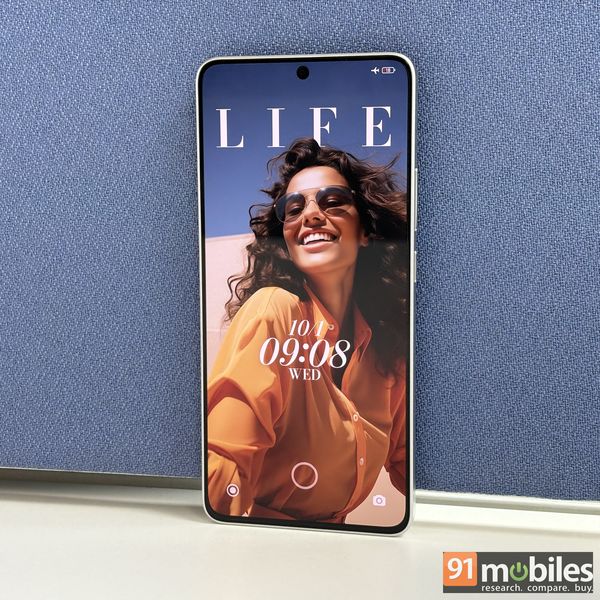
This is a straightforward win for the POCO X6 Pro. The phone not only comes with Android 14 but is also the first phone in India to come with Xiaomi’s much-talked-about HyperOS out of the box. This results in a cleaner and smoother software experience as compared to MIUI 14 on Android 13 running on the Redmi Note 13 Pro+. Both HyperOS and MIUI 14 have a number of features, but HyperOS works much more smoothly and has a cleaner look to it.
Winner: POCO X6 Pro 5G
Battery life and charging: Fast and faster charge! ![]()
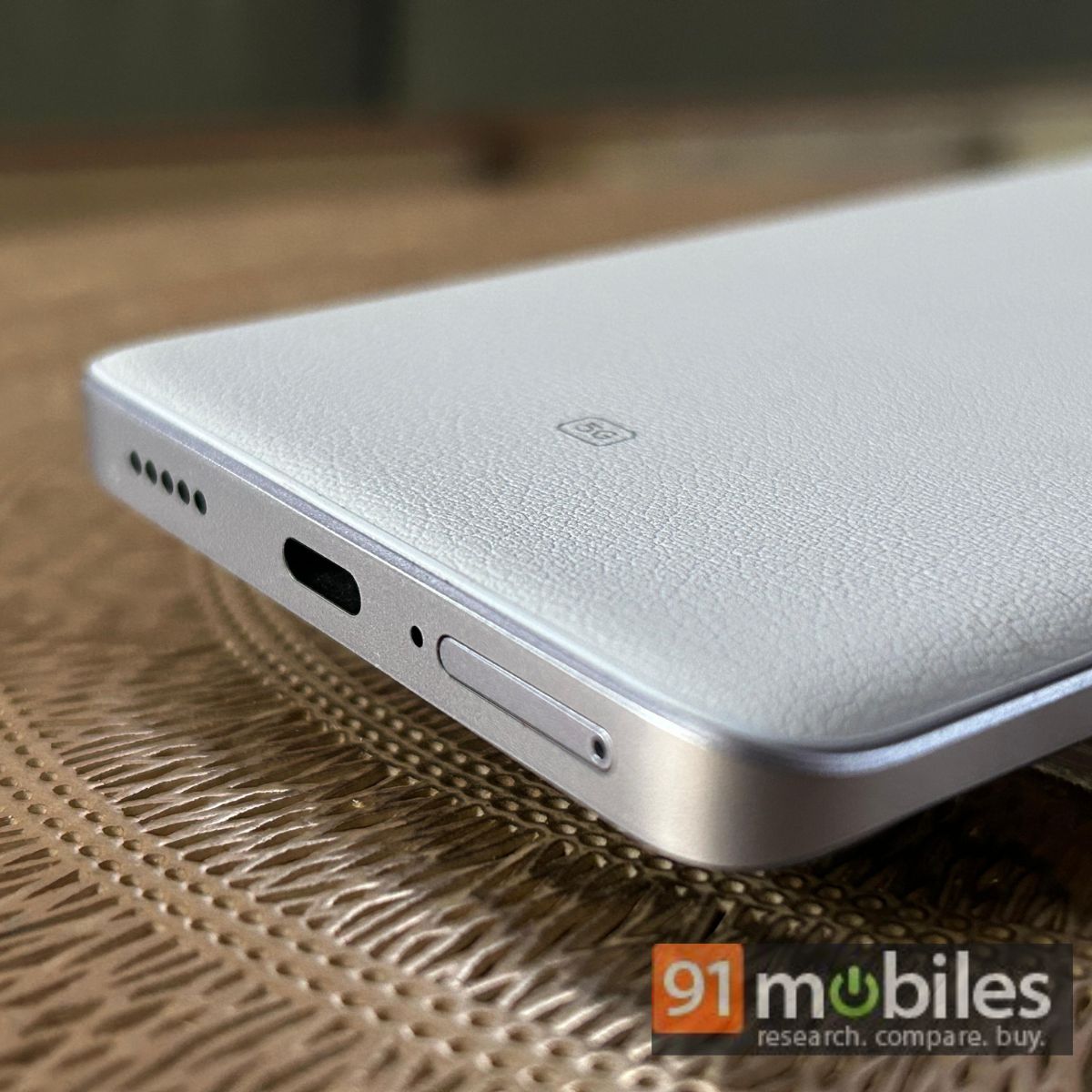
Both phones come with 5,000mAh batteries and with support for fast charging. However, the Redmi Note supports 120W charging and gets charged in about 25 minutes, while the POCO X6 Pro supports 67W charging and gets charged in about 45 minutes. On the other hand, the POCO X6 Pro’s battery life goes comfortably past a day of normal usage, while the Redmi Note 13 Pro+’s battery just about sees off a day – we wonder if this is because of HyperOS. The faster charging wins the Redmi Note 13 Pro+ this round, but we can see folks opting for the POCO for the longer battery life.
Winner: Redmi Note 13 Pro+ 5G
General performance: Everyday stuff

When it comes to handling routine tasks like web browsing, social networking, mail and messaging, both phones are very evenly matched. Both have similar-sized, bright displays and good stereo speakers. They also come with in-display fingerprint scanners, which work efficiently enough, although not as swiftly as the ones that were on the power button in their predecessors. We felt that the POCO X6 Pro was just a little bit faster and smoother to use, perhaps because it was more compact and also because of the presence of HyperOS and the faster processor and RAM. The IP68 rating and Gorilla Glass Victus make the Redmi Note more reassuringly tough to use, and the POCO models can pick up a lot of dust, but in terms of simple usage, we would pick the POCO X6 Pro.
Winner: POCO X6 Pro 5G
Prices: A mad price versus a max price

The POCO X6 Pro 5G is available in these variants at these prices:
8GB / 128GB: Rs 26,999
12GB / 256GB: Rs 29,999
The Redmi Note 13 Pro+ 5G is the most expensive Redmi Note yet, and is available in these variants at these prices:
8GB / 256GB: Rs 31,999
12GB / 256GB: Rs 33,999
12GB / 512GB: Rs 35,999
If you are on a tight budget, there is only one winner here. You can get the highest RAM and storage variant of the POCO X6 Pro at a lower price than the most basic Redmi Note 13 Pro+. The Redmi Note does have a 512GB storage option, which the POCO lacks, but this round still goes comfortably to the POCO device.
Winner: POCO X6 Pro 5G
Verdict: Which one to go for?![redminote13proplus]()
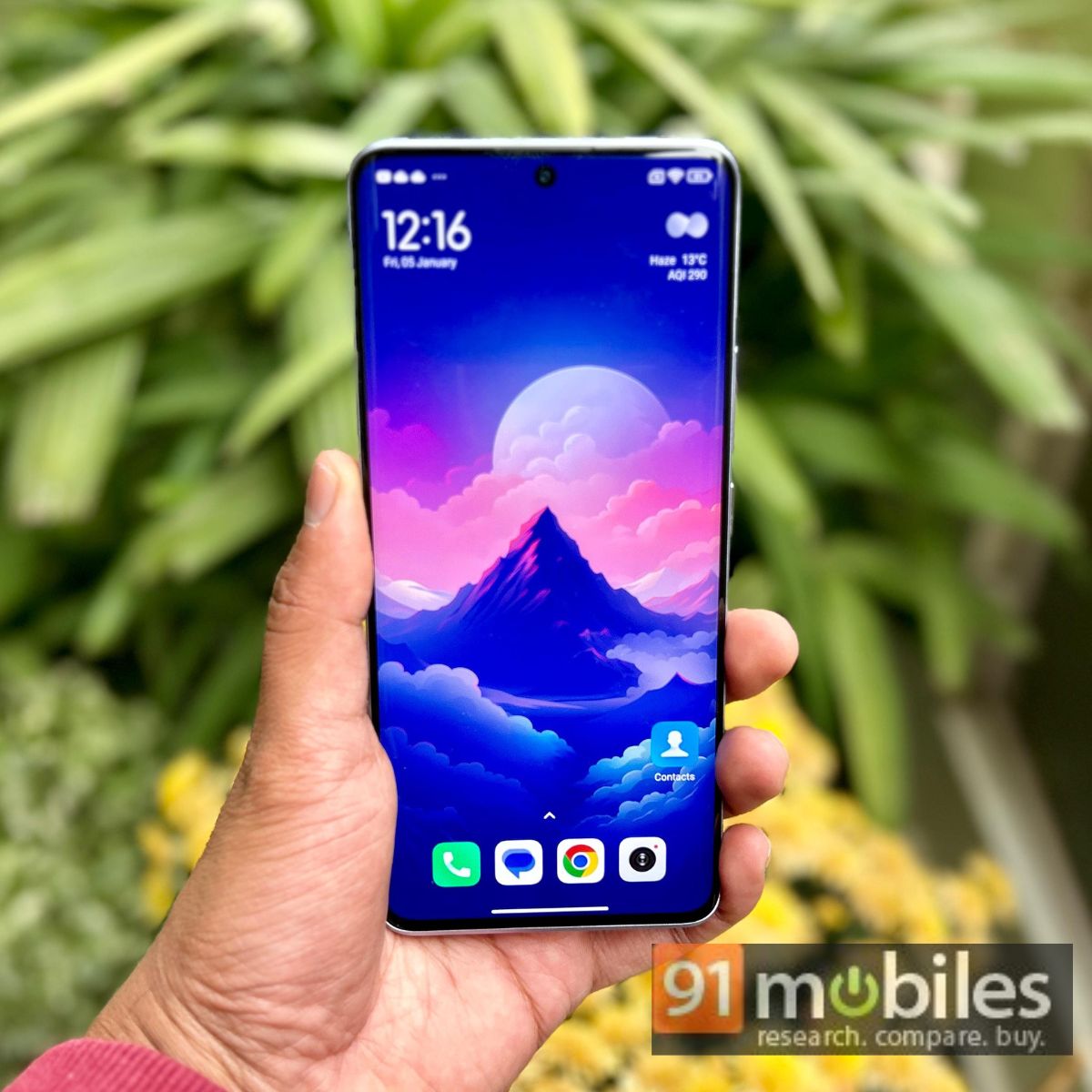
This is literally a battle of beauty and the beast. If appearance and cameras matter, go for the Redmi Note 13 Pro+ 5G. If you want a very powerful phone, go for the POCO X6 Pro. It really is as simple as that. The Redmi Note 13 Pro+ is clearly the more premium looking of the two devices, thanks to its curved display and block-camera design, and is actually more resilient too, with Gorilla Glass Victus and an IP68 rating. Round that off with way faster charging and you would think that the Redmi Note 13 Pro+ 5G has this easily won. However, the POCO X6 Pro 5G’s flagship-level MediaTek Dimensity 8300-Ultra chip and speedy RAM and storage will appeal to power users and gamers. It also comes with HyperOS and Android 14 out of the box, and a lower price tag. No matter which device you opt for, you will end up with a phone that will turn heads. Whether you want it to do so with its appearance or through its performance is what you need to decide.


